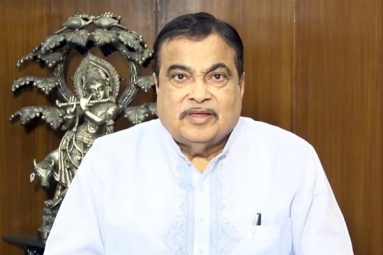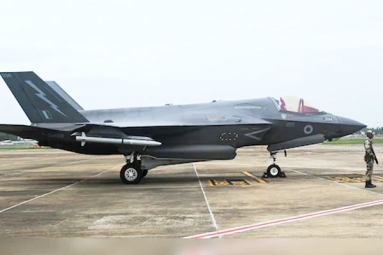
(Image source from: Moneycontrol.com)
The black box from Air India's Boeing 787-8 Dreamliner, which crashed on June 12 in Ahmedabad, has been reported as damaged and might need to be sent to the United States for further data retrieval, according to sources. It has been noted that the final decision will rest with the government. This ‘black box’ consists of two devices: the Cockpit Voice Recorder (CVR) and the Flight Data Recorder (FDR). The black box retrieved from the wreckage of the Air India flight may be forwarded to the National Transportation Safety Board in Washington, D.C., for examination. Sources indicate that if the black box is dispatched to the U.S., a group of Indian officials will travel with it to ensure all necessary procedures are adhered to. The Air India Flight AI171 experienced the crash just moments after departing from Sardar Vallabhbhai Patel International Airport in Ahmedabad, heading towards Gatwick Airport in London. The aircraft went down into a hostel complex associated with a medical college in the Meghani Nagar area at approximately 1:40 PM, igniting a large fire. Out of the 242 individuals aboard, only one person was found alive.
The black box from the unfortunate Air India flight was located on Monday, approximately 28 hours following the incident. Although referred to as a black box, these devices are actually bright orange to enhance visibility among debris and wreckage. The Cockpit Voice Recorder (CVR) has the capacity to capture up to 25 hours of conversations from the cockpit, along with background noise, radio communications with air traffic control, and alarm signals in updated aircraft. However, since Flight AI171 was utilizing a Boeing 787 that was delivered in 2014, it functioned with a CVR that likely had a two-hour recording limit, given that the 25-hour storage regulation was only instituted in 2021. In contrast, the Flight Data Recorder (FDR) tracks essential data like altitude, airspeed, directional heading, vertical acceleration, and movements of control surfaces. Modern FDRs, such as those in the 787-8, can log thousands of parameters at once and can loop for over 25 hours.
The Aviation Ministry revealed that the plane took off at 1:39 PM local time on June 12, ascending to less than 600 feet before its ascent halted. A distress signal was received from the cockpit 36 seconds after takeoff. This call was acknowledged by the Ahmedabad Air Traffic Control; however, it was followed by a complete loss of communication. Just moments later, the aircraft crashed into residential buildings along the northeastern boundary of the airport. Among the casualties were 33 civilians located in the BJ Medical College hostel. The only survivor was a British-Indian man seated in 11A. Authorities are now focused on piecing together the final moments of the flight to ascertain the exact cause of the crash. The CVR is anticipated to verify the details of a distress call that was sent to Ahmedabad Air Traffic Control shortly before the impact. Initial reports from the Ministry of Civil Aviation suggest that Captain Sumeet Sabharwal issued a “Mayday” call during the flight.
The cockpit voice recorder is anticipated to capture conversations between Captain Sabharwal and First Officer Clive Kunder, shedding light on their awareness of the situation, their responses to alarms, and the measures they executed during the last moments. The flight data recorder will assist in linking the actions in the cockpit with the data on flight performance, aiding specialists in depicting the precise trajectory, velocity, and aerodynamic characteristics prior to the collision. Additionally, the cockpit voice recorder may document alarm sounds, vibrations, or the pilots' reactions to automated alerts as part of the surrounding audio.









